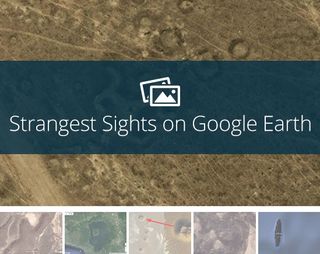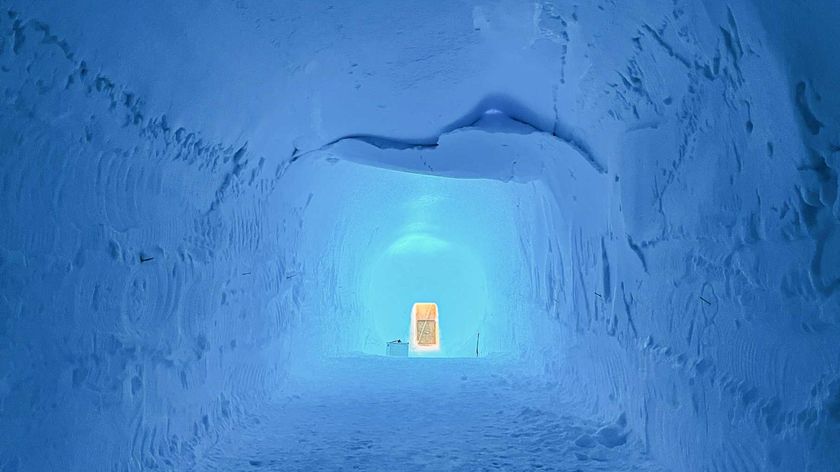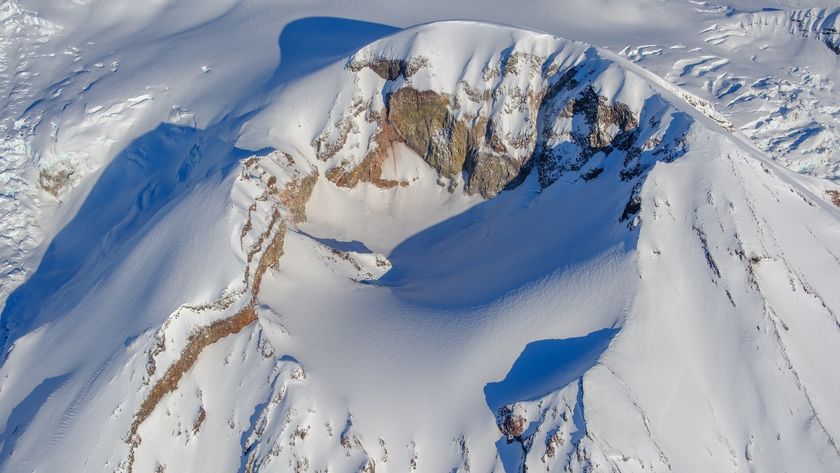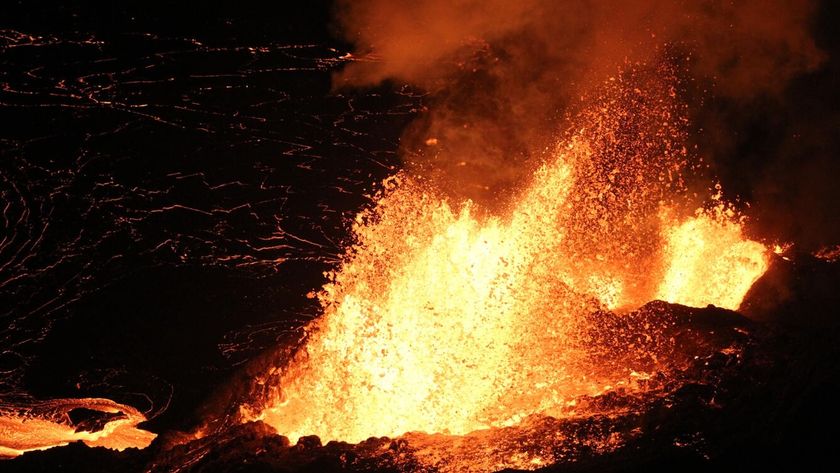World's Largest Island-in-a-lake-on-an-island-in-a-lake-on-an-island Seen on Google Earth
For years, trivia buffs thought the world's largest island-in-a-lake-on-an-island-in-a-lake-on-an-island was a tiny island in a crater lake on Volcano Island in Lake Taal on the Philippine island of Luzon. However, exhaustive trolling of Google Earth has proven otherwise. The distinction is now known to belong to a narrow, four-acre strip of land in Canada that has probably never been visited by humans.
Located at exactly 69.793° N, 108.241° W, the nameless island lolls across the center of a small lake, which is itself encapsulated by a slightly larger island. That resides inside one of a series of long finger lakes located 75 miles inland from the southern coast of Victoria Island, a land feature in Northern Canada that is the eighth largest island in the world. Watch the video to zoom through these layers.
According to The Daily Traveler, it is likely that no human has ever set foot on Canada's tiny "sub-sub-sub-island," considering the fact that Victoria Island, though bigger than the state of Idaho, is home to less than 2,000 people.
With its mangled roof of spidery islands and lakes, Canada holds several island-related distinctions. It is home to the world's largest island-in-a-lake (Manitoulin Island in Lake Huron), for example, as well as the world's largest lake-on-an-island (Nettilling Lake on Baffin Island). The world's largest island-in-a-lake-on-an-island, however, is the volcanic island of Samosir in the middle of Lake Toba in Sumatra.

Follow Natalie Wolchover on Twitter @nattyover. Follow Life's Little Mysteries on Twitter @llmysteries, then join us on Facebook.
Sign up for the Live Science daily newsletter now
Get the world’s most fascinating discoveries delivered straight to your inbox.
Natalie Wolchover was a staff writer for Live Science from 2010 to 2012 and is currently a senior physics writer and editor for Quanta Magazine. She holds a bachelor's degree in physics from Tufts University and has studied physics at the University of California, Berkeley. Along with the staff of Quanta, Wolchover won the 2022 Pulitzer Prize for explanatory writing for her work on the building of the James Webb Space Telescope. Her work has also appeared in the The Best American Science and Nature Writing and The Best Writing on Mathematics, Nature, The New Yorker and Popular Science. She was the 2016 winner of the Evert Clark/Seth Payne Award, an annual prize for young science journalists, as well as the winner of the 2017 Science Communication Award for the American Institute of Physics.
Most Popular






